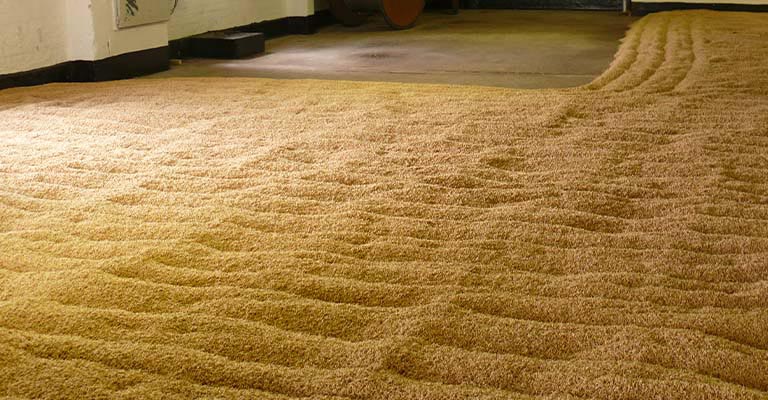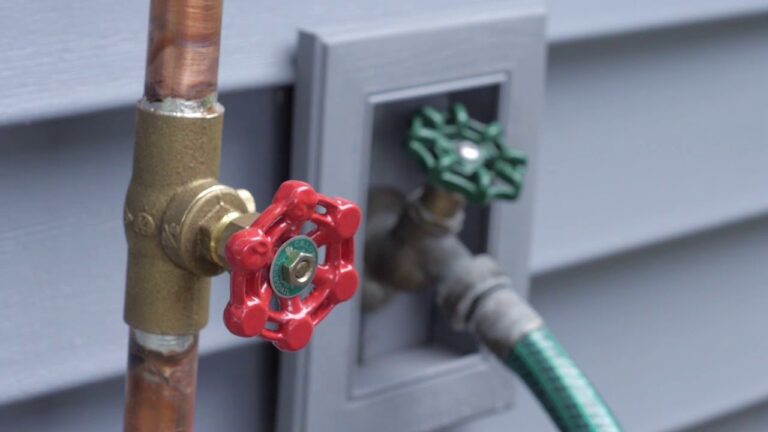Which Is Better Ridge Vent Or Power Vent?
There are a lot of factors that go into choosing the right vent for your home. The type of roof, the size of your roof, and how much insulation you have all need to be considered.
The ridge line of some houses has limited space for venting. This is often the case with hip roofs. Power vents are a good choice in these cases. It is necessary to analyze existing situations before making recommendations.
There are also concerns about stagnation on some winter days for homes with passive attic venting. Let’s elaborate on this.
Which Is Better: Ridge Vents Or Power Vents?
What is the benefit of using a power attic fan to ventilate your attic in the winter over passive ventings such as ridge vents and soffit vents?
There are a couple of reasons why the powered system will work better than the passive system with a properly configured system. In addition, a humidistat and thermostat can be connected to the power fan.
As a result, moisture can be evacuated during the winter months. It is a problem in the Northeast climate that attics can sometimes be cooler than the outside temperature in the winter months.
This usually occurs when the temperature outside climbs or has climbed from a lower state. Heavy insulation in an attic floor makes the attic temperature more similar to outside temperatures.
During warm weather (and not much warming is necessary), the attic is cooler than the outside. Sometimes, a passively vented attic does not have any ventilation, and the air inside the attic stagnates.
Passive attic ventilation systems will not be able to evacuate moisture that leaks into the attic, which is not a major concern in some buildings. In addition, the conditioned spaces in the attic seep some moisture in the winter.
For Proper Roof Ventilation
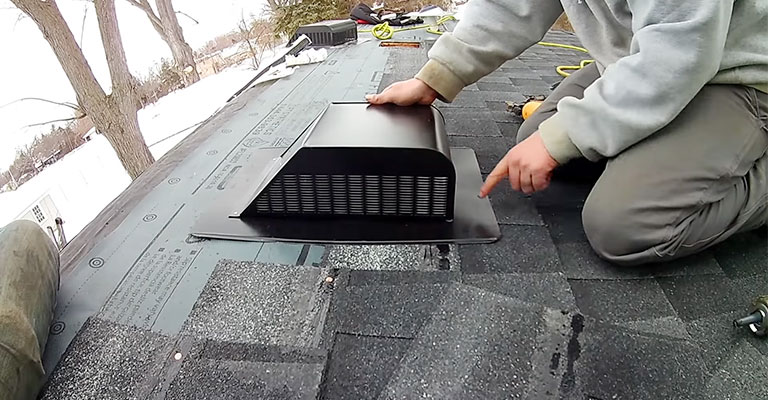
On the surface, roof ventilation seems pretty straightforward: cool air in, hot air out. However, in your attic, you want to continuously replace stale, hot, and humid air with fresh, cool air from outside to eliminate the stale, hot, and humid air.
By ventilating your roof correctly, you can reduce cooling costs in the summer and heating costs in the winter and extend the life of your roof. Unfortunately, ridge vents and power vents aren’t nearly as simple to choose as ridge vents.
Several benefits to installing ridge vents include passive ventilation, reliability, ease of installation, and relatively low costs.
In contrast, power vents are better suited to homes with hip roofs (which lack ridge line footage for venting) and in the Northeast, where winter temperature fluctuations often prevent passive ventilation.
The attic insulation must be adequate in either case, and the intake and exhaust must be balanced.
Appearance
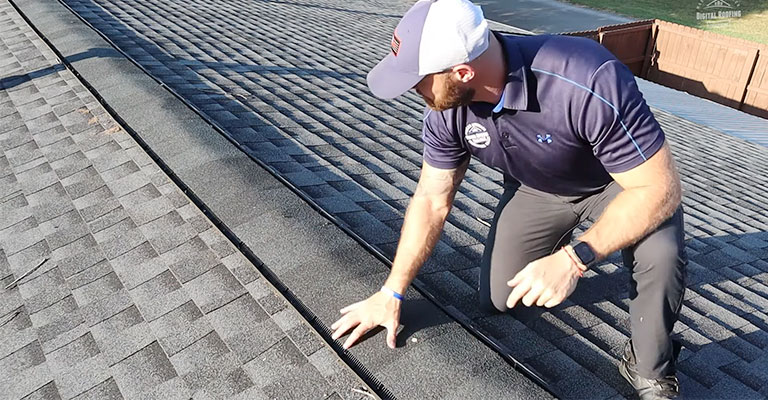
It is easy to blend ridge vents into the roofline. The ridge vents’ height is barely 1 inch, even when shingles are added. It is usually not possible to see them since they follow the ridge of the roof.
There are a lot of visible and obtrusive roof-mounted attic fans, especially if you have more than one installed. In most cases, attic fans mounted in gable ends are less visible, except when looking at the roof from that gable’s direction.
Installation
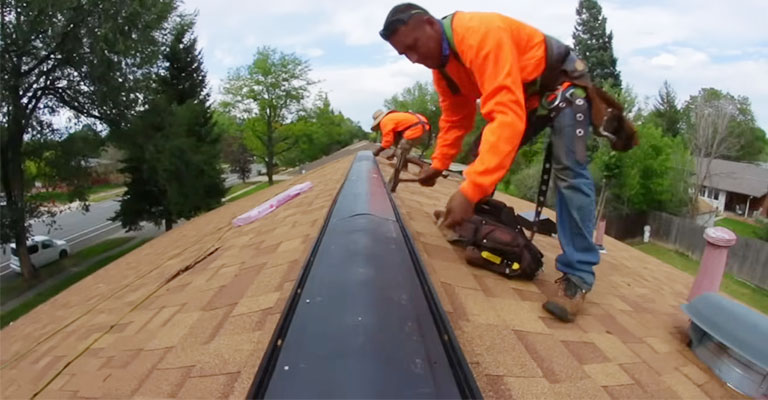
It is easier to install ridge vents when the roof shingles are first installed, but ridge vents can also be added afterward. There is a continuous slot of 2-inches wide created by the roof installers, cutting through the shingles and wood roof deck but stopping short of the roof rafters.
Materials for ridge vents are rolled in coils and unrolled along the slot’s length. The cap shingles on ridge vents are often the same color as the roof shingles. To keep the vents exposed, cap shingles are left open on the sides.
A house’s gable can be fitted with an attic fan relatively easily. Integrating the fan with the existing shingles and preventing vent leaks may be more difficult in cases where the fan is mounted on the roof.
It is always necessary to have power when using either type of attic fan. It will be necessary for an electrician to create a circuit and extend it to the attic if there isn’t already one there.
Cost To Operate
The ridge vent is a passive vent, which means it does not move. It is an opening in your roof. Motors are not required for operation. There is very little cost associated with operating or maintaining ridge vents, though they periodically need to be cleared of debris.
Fans in the attic are powered by motors and are electrically powered. Attic fans operate at various costs depending on the climate, house size, and the number of installed fans. 120V power is used by most attic fans.
157 watts is all it takes for an attic fan to move 2,860 cubic feet per minute (CFM). Even though attic fans require electricity, their power draw is low, and they operate intermittently.
Can I Have Both A Power Fan And A Ridge Vent System On My Roof?
It is possible to short-circuit the attic ventilation system if you have both a power vent and ridge vent installed on your roof. Air can be pulled from the ridge vent when the power vent is on, but the airflow along the underside of the roof deck can be imbalanced.
When the power vent is turned off, it functions like a roof louver (an opening on the roof without a motor). When the power fan provides the intake air for the ridge vent, there is a risk of “weather infiltration” and a lack of ventilation along the underside of the roof deck.
Generally, it is best to remove the fan from most homes and just have the ridge vent since they don’t work well together. Ideally, a powerful fan with a thermostat and humidistat (for both temperature and humidity) should be installed on hip roofs with a very little ridge.
Final Words
Homeowners don’t have to choose between a ridge vent and a power vent as easily as they think. The one thing that’s certain is that it shouldn’t be an either/or situation.
It is a bad idea to combine the two. It can be difficult for a power vent fan coupled with a ridge vent to ensure a natural flow of air in the attic.
Even if it’s not the most efficient way to do it, it will still exhaust more hot air than not using a fan at all. Of course, whenever this all seems overwhelming, you can always turn to roof professionals for assistance.



